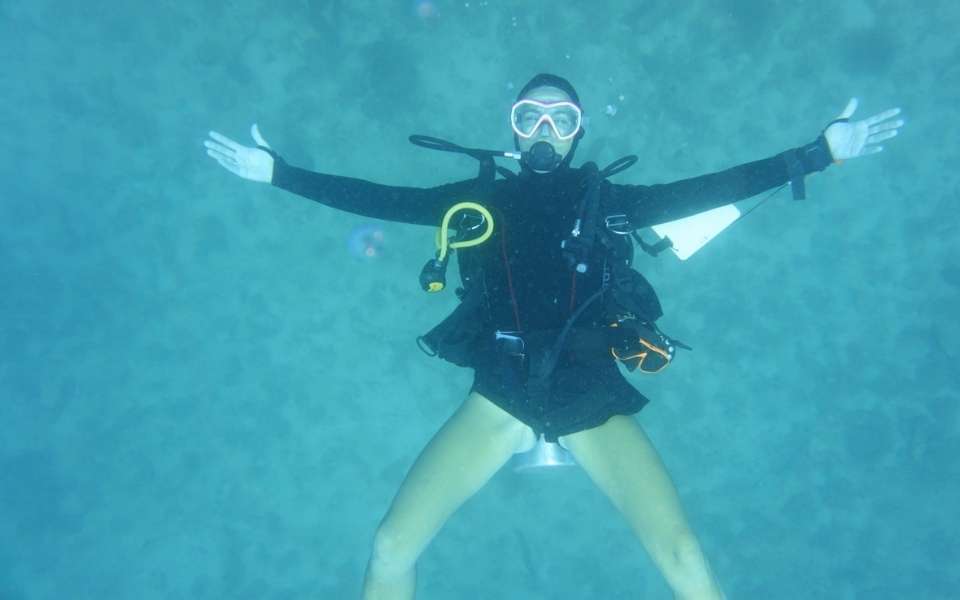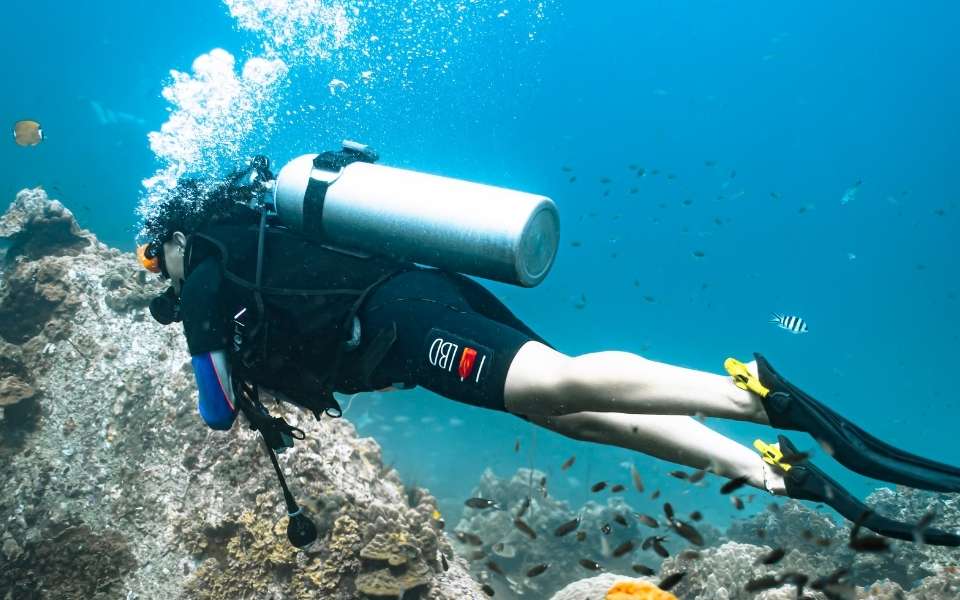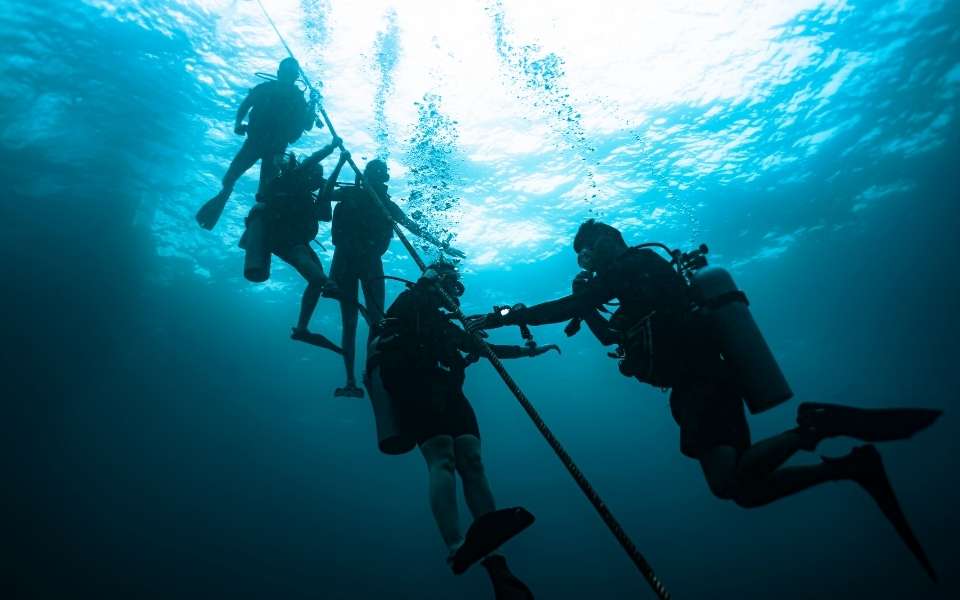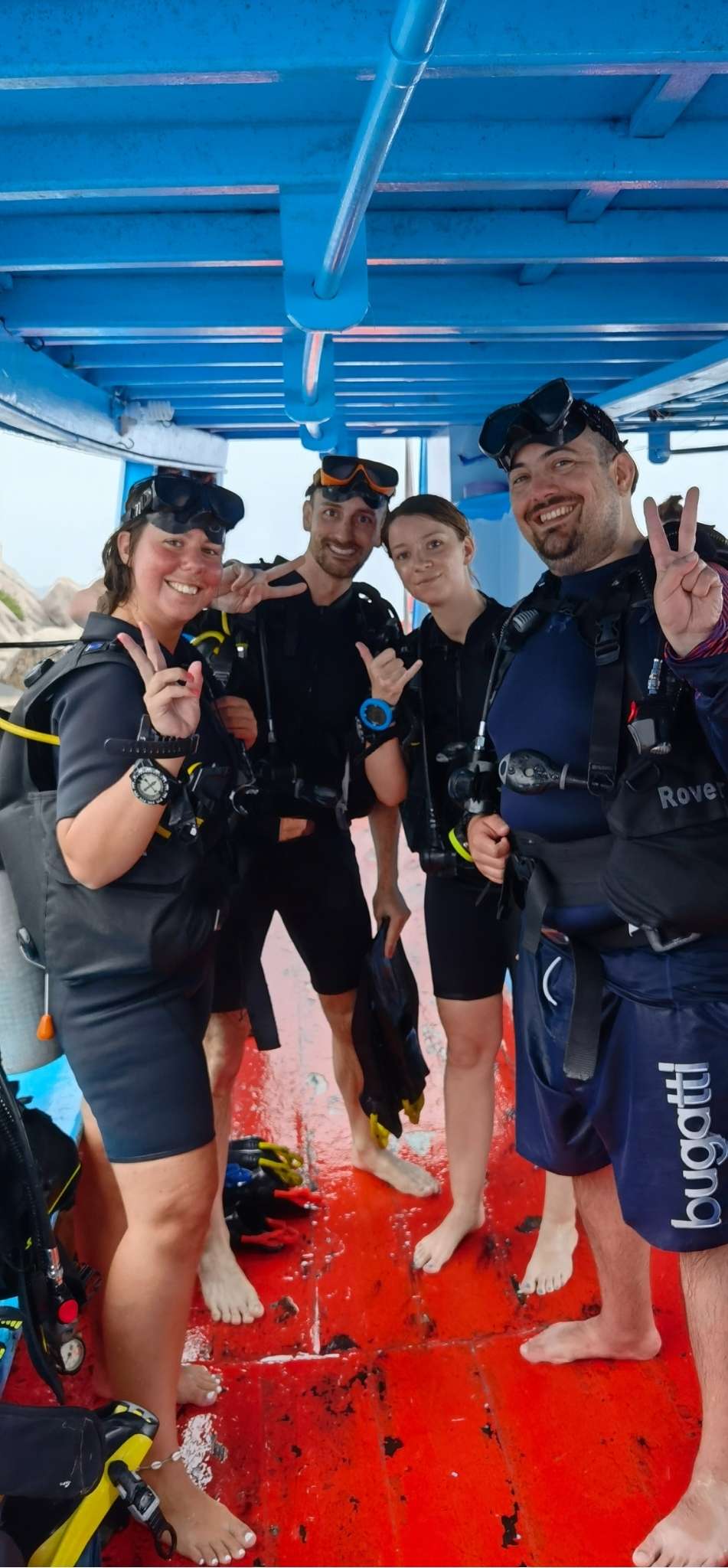Koh Tao marine life:
There are several snorkelling options, many of which are accessible right from the beach. The underwater rock formations range from seabed pinnacles that break the surface to stacked boulder arrangements with swim-throughs and tunnels for more experienced divers to explore.
The marine wildlife and plants of Koh Tao are similar to those found in all tropical places across the world, and they create a natural aquarium for both snorkelers and divers. On reefs, many different types of colourful angelfish, butterflyfish, bannerfish, and stingrays exist here. Table coral, staghorn coral, mosaic, and mushroom corals are the most common hard corals in this area of the Gulf of Thailand. Divers on Koh Tao will be able to study the intricate interactions that make up the marine ecology.
Here are some of the rare marine life you should expect to see in Koh Tao (if you're lucky):
Whale Shark - The whale shark is the world's largest known living fish species. It is a slow-moving, filter-feeding carpet shark. The longest confirmed individual measured 18.8 metres in length. The whale shark holds several world records for size, including being the world's largest living nonmammalian vertebrate.
The whale shark may be found in tropical oceans' open waters. Whale shark lifespans have been predicted to be 80–130 years based on studies of vertebral growth bands and free-swimming shark development rates. Whale sharks have enormous mouths and filter feed, a feeding style shared by only two other sharks: the megamouth shark and the basking shark. They consume plankton and tiny fish nearly exclusively and pose little harm to people.
Their skin is dark grey, with a white belly characterised by pale grey or white dots and stripes that are different for each individual. It has a 15-cm thick skin that is incredibly hard and harsh to the touch. The most common sightings of Whale sharks are at Chumphon Pinnacle, Southwest Pinnacle, Hin Pee Wee and Green Rock.
Blacktip Reef Shark - The blacktip reef shark is a requiem shark with conspicuous black tips on its fins that may be easily recognised (especially on the first dorsal fin and its caudal fin). This species favours shallow, inshore seas and is one of the most prevalent sharks in the Indian and Pacific Oceans' tropical coral reefs. In the area, its exposed first dorsal fin is a regular sight. It grows to a length of 1.6 m in most cases (5.2 ft).
Blacktip reef sharks are very rare in some parts of Koh Tao but abundant in others, it is unlikely you will see them whilst diving because they prefer shallower waters. There are a few sites on Koh Tao that you will find when snorkelling such as Shark Bay, Sai Daeng and Aow Leuk.
Banded Sea Krait - These snakes, like marine turtles, saltwater crocodiles, and other reptiles, must come onshore to lay their eggs. They must also drink freshwater on occasion and seek out coastal sources of water to do so. Furthermore, they frequently digest their meal and relax on land, and they shed their skin on terrestrial rocks. Banded sea kraits are highly suited for hunting on coral reefs, despite spending much of their time on land. They have a paddle-like tail that helps them swim and they can hold their breath for lengthy periods of time.
Banded sea kraits are active predators that hunt eels, which they track down by slithering through holes and fissures in the reef. They use potent venom to immobilise and consume their victim completely. Banded sea krait is eaten by marine birds, sharks, and certain bony fish. Other predators follow banded sea kraits across the reef, attacking any tiny fish that the snakes scare away while looking for eels. This species, like other snakes, reproduces through internal fertilisation. A female deposits a clutch of roughly ten eggs in a nest on land after mating. After a minimum of four months of incubation, the eggs hatch.
Banded Sea Kraits are quite rare on Koh Tao but you may see them at White Rock, Twins or Japanese Gardens.



